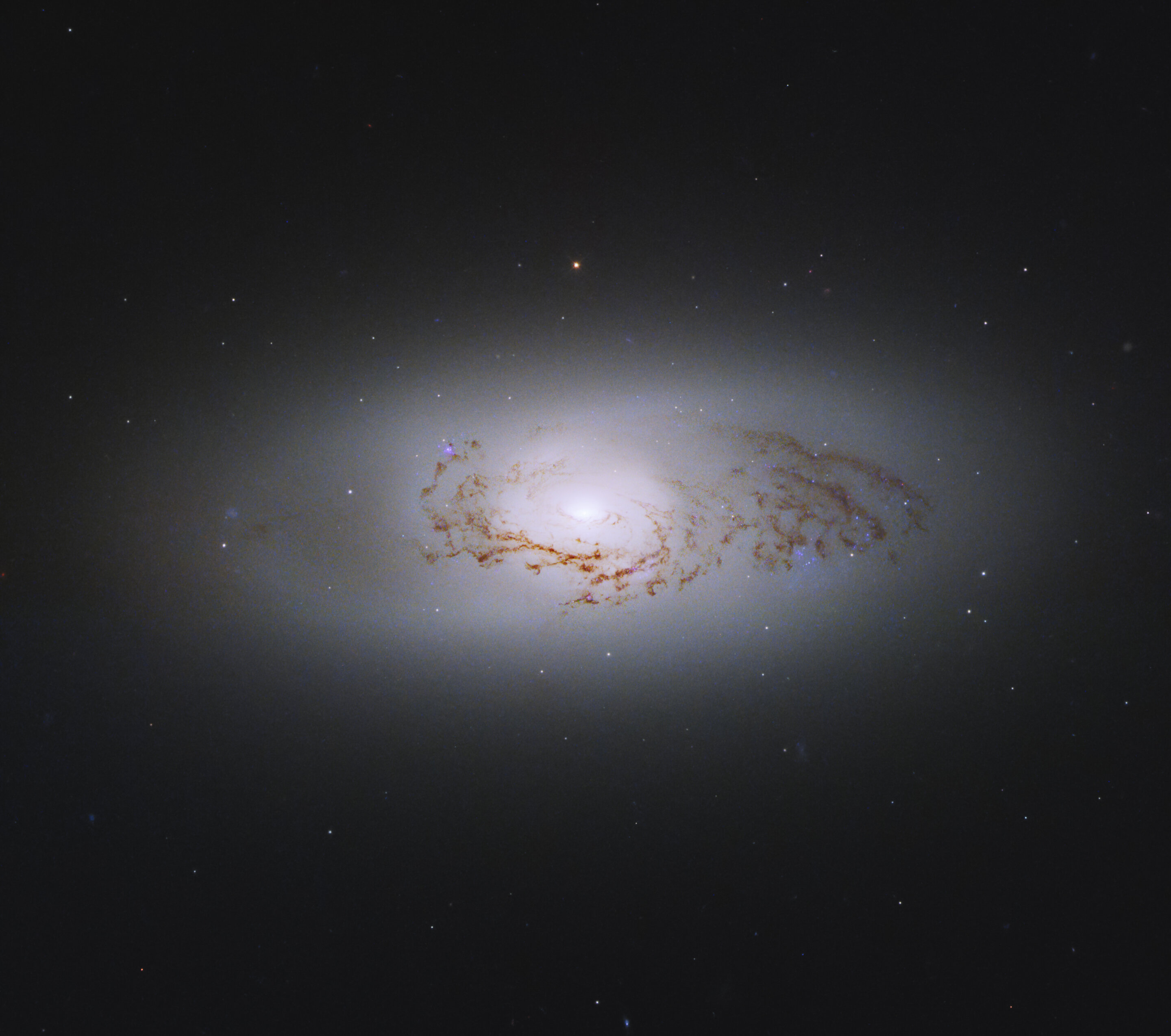The Hubble Space Telescope, NASA's space-based observatory, has captured an incredible image of the lenticular galaxy NGC 3489. This galaxy is located approximately 30 million light-years away from Earth in the constellation Leo. Lenticular galaxies are a unique type of galaxy that exhibits properties of both spiral and elliptical galaxies. In this article, we will explore the features of NGC 3489 that make it a Seyfert galaxy and the significance of the Hubble Space Telescope's observations.
Lenticular Galaxies: A Hybrid of Spirals and Ellipticals
Lenticular galaxies are not easily classified as either spiral or elliptical galaxies. They have a central bulge of tightly packed stars and a thin, circular disk of stars, gas, and dust like spiral galaxies, but they lack arms. Additionally, like elliptical galaxies, lenticular galaxies have older stellar populations and little ongoing star formation. The unique features of lenticular galaxies make them an interesting subject of study for astronomers.
NGC 3489: A Seyfert Galaxy with an Active Galactic Nucleus
NGC 3489 is a Seyfert galaxy, which is a class of active galactic nuclei (AGN). An AGN is a compact region at the center of a galaxy that emits high-energy radiation due to accretion of matter by a supermassive black hole. Seyfert galaxies are dimmer than other types of AGNs, making them an ideal target for observation. They emit radiation across the entire electromagnetic spectrum, as the black hole devours material that gets too close to it.
The AGN in NGC 3489 sits at the center of the galaxy and is extremely bright. It emits radiation across the entire electromagnetic spectrum as the black hole devours material that gets too close to it. The black hole at the center of NGC 3489 is believed to be relatively small, with a mass of only a few million suns. However, the AGN still emits a significant amount of energy, making it an exciting target for observation.
Hubble Space Telescope's Observations of NGC 3489
The Hubble Space Telescope's observations of NGC 3489 have provided valuable insights into the galaxy's properties. The telescope's high-resolution imaging capabilities have allowed astronomers to study the galaxy in great detail. The image captured by the Hubble Space Telescope shows the central bulge of tightly packed stars and the thin, circular disk of stars, gas, and dust. Additionally, the image clearly shows the AGN at the center of the galaxy.
One of the significant advantages of Hubble's observations is that it provides astronomers with the ability to study the galaxy in multiple wavelengths of light. The observations of NGC 3489 were made using the telescope's Wide Field Camera 3, which is capable of capturing images in both visible and ultraviolet light. This feature allows astronomers to study the AGN's activity and the properties of the galaxy's stars and gas.




0 Comments